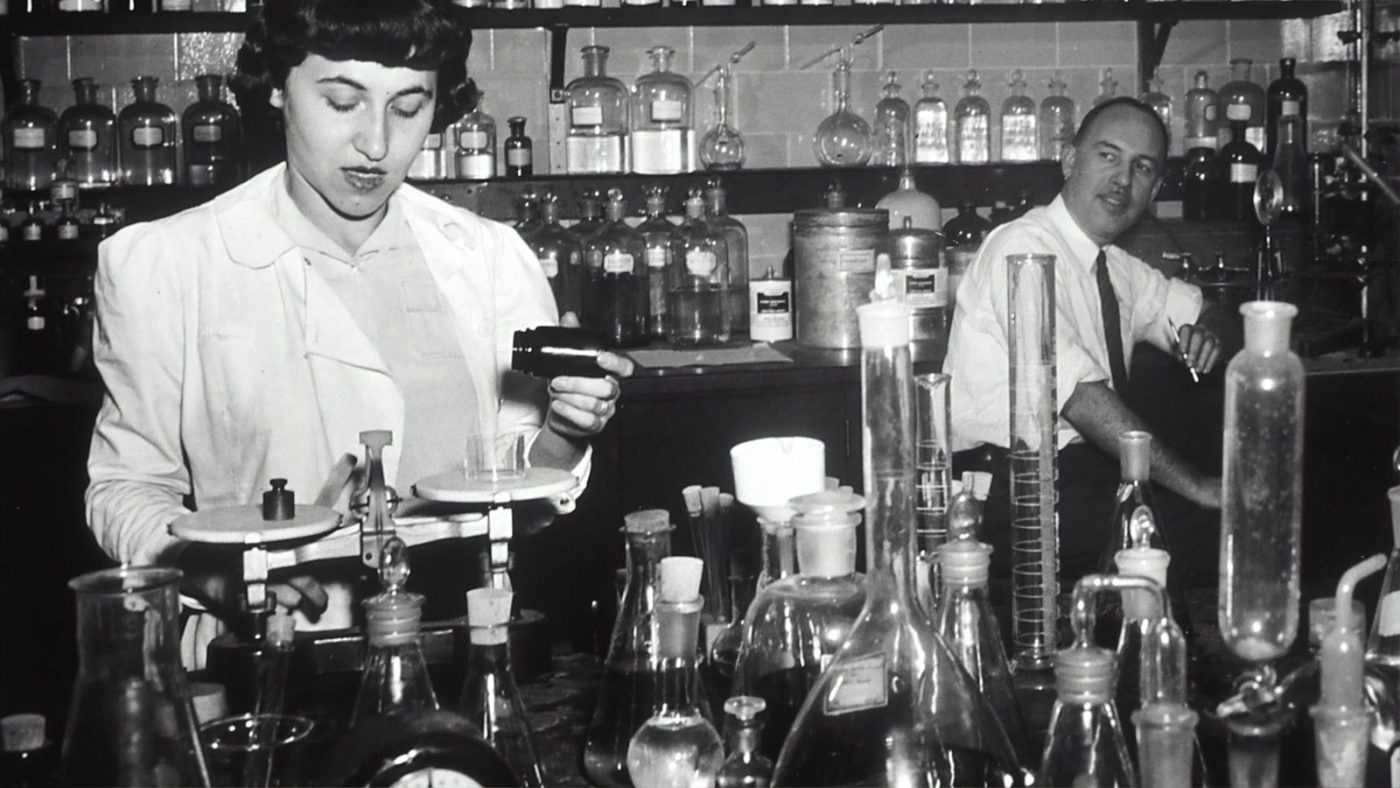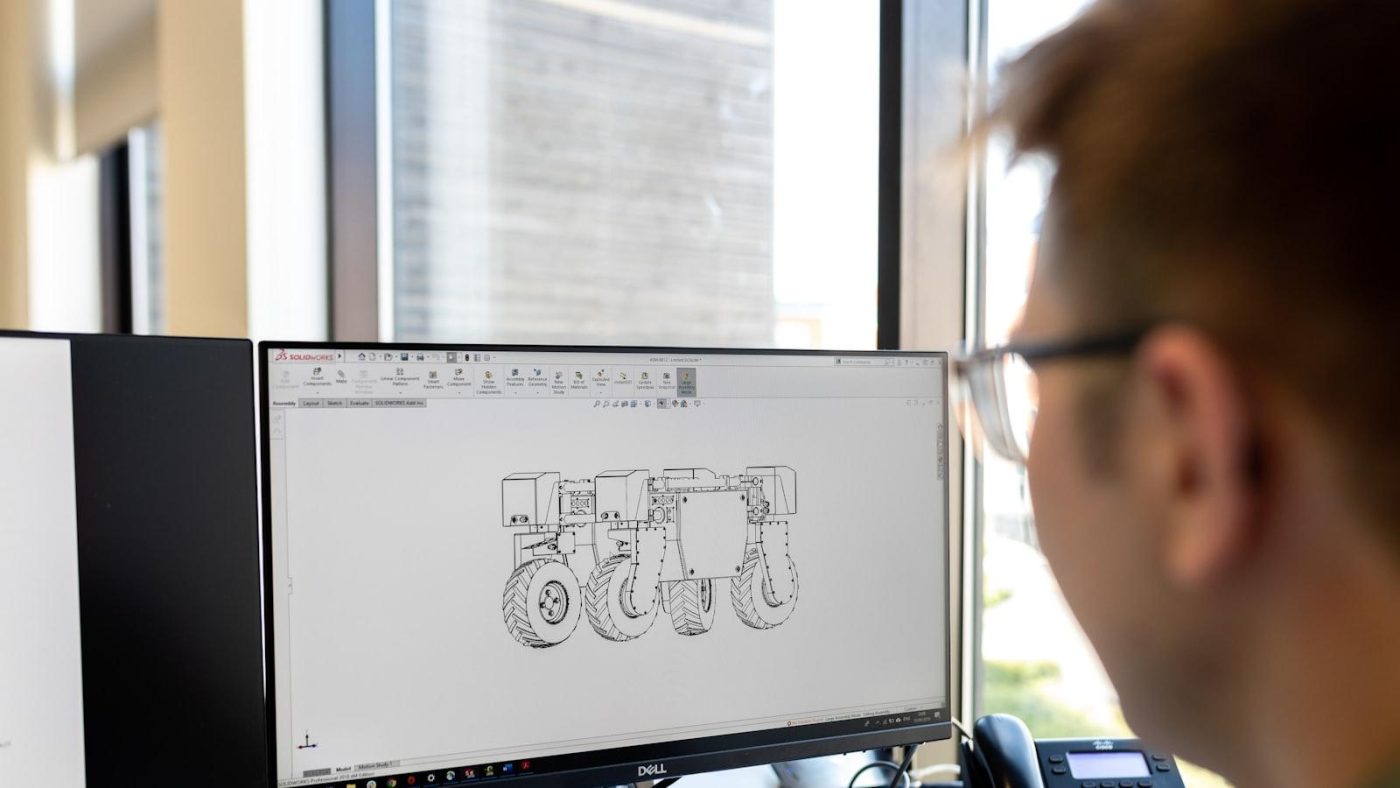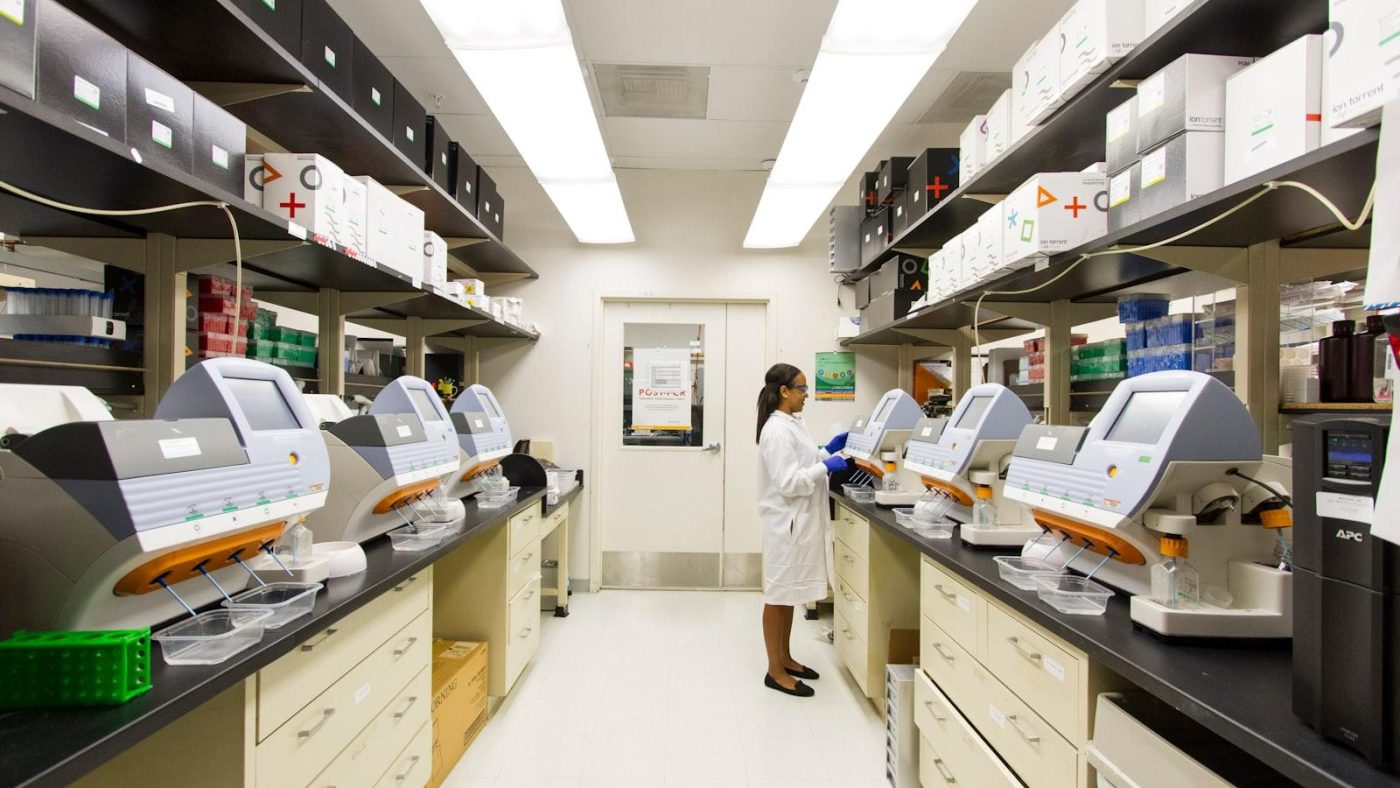Manual Tester Certification: A Comprehensive Guide
In today’s fast-paced and competitive software development industry, the role of a manual tester is more important than ever. Manual testers play a crucial role in ensuring the functionality, usability, and quality of software applications before they are released to the market. To excel in this field and stand out from the competition, many aspiring manual testers seek certification to showcase their skills and knowledge in software testing.
What is Manual Tester Certification?
Manual tester certification is a validation of an individual’s expertise in manual software testing methodologies, tools, and best practices. It demonstrates that a tester has acquired the necessary skills to effectively test software applications manually and identify defects or issues that may impact user experience. Certification programs cover a wide range of topics, including test planning, test case design, test execution, defect reporting, and quality assurance.
Benefits of Manual Tester Certification
Obtaining a manual tester certification can offer numerous benefits, both personally and professionally. Some of the key advantages of becoming certified as a manual tester include:
- Increased Credibility: Certification demonstrates to employers and clients that you possess the necessary skills and knowledge to perform manual software testing effectively.
- Career Advancement: Certification can open up new opportunities for career growth and advancement within the software testing industry.
- Higher Earning Potential: Certified manual testers often command higher salaries than their non-certified counterparts.
- Professional Development: Certification programs provide valuable learning experiences and help testers stay up to date with the latest trends and technologies in software testing.
Types of Manual Tester Certification
There are several reputable organizations that offer manual tester certification programs, each with its own unique curriculum and certification requirements. Some of the most popular certifications for manual testers include:
- ISTQB Certified Tester: The International Software Testing Qualifications Board (ISTQB) offers a range of certification levels for software testers, including the Foundation Level and Advanced Level.
- CSTE Certified Software Tester: The Certified Software Tester (CSTE) certification is offered by the Quality Assurance Institute (QAI) and is designed for testers who wish to specialize in software quality assurance.
- ASTQB Certified Mobile Tester: The American Software Testing Qualifications Board (ASTQB) offers a certification program specifically for testers who specialize in mobile software testing.
Practical Tips for Obtaining Manual Tester Certification
If you are considering pursuing manual tester certification, here are some practical tips to help you prepare for the certification exam and increase your chances of success:
- Study the Exam Syllabus: Familiarize yourself with the topics covered in the certification exam and focus your study efforts on areas where you need the most improvement.
- Practice with Sample Questions: Take advantage of practice tests and sample questions to gauge your readiness for the exam and identify any weak areas.
- Attend Training Courses: Consider enrolling in training courses or workshops offered by certified testing organizations to gain a deeper understanding of software testing concepts and methodologies.
Case Study: The Impact of Manual Tester Certification
To illustrate the importance of manual tester certification, let’s consider a case study of a software testing professional who obtained certification and its impact on their career:
John, a manual tester with three years of experience, decided to pursue ISTQB Foundation Level certification to enhance his skills and advance his career. After successfully passing the exam, John noticed a significant increase in his credibility and marketability as a tester. He was able to secure a promotion to a senior testing position with a higher salary and more responsibilities.
Conclusion
In conclusion, manual tester certification can be a valuable investment for software testers looking to enhance their skills, advance their careers, and stay competitive in the ever-evolving software testing industry. By obtaining certification from a reputable testing organization, testers can demonstrate their expertise and commitment to quality assurance, ultimately leading to new opportunities for growth and success in their careers.










